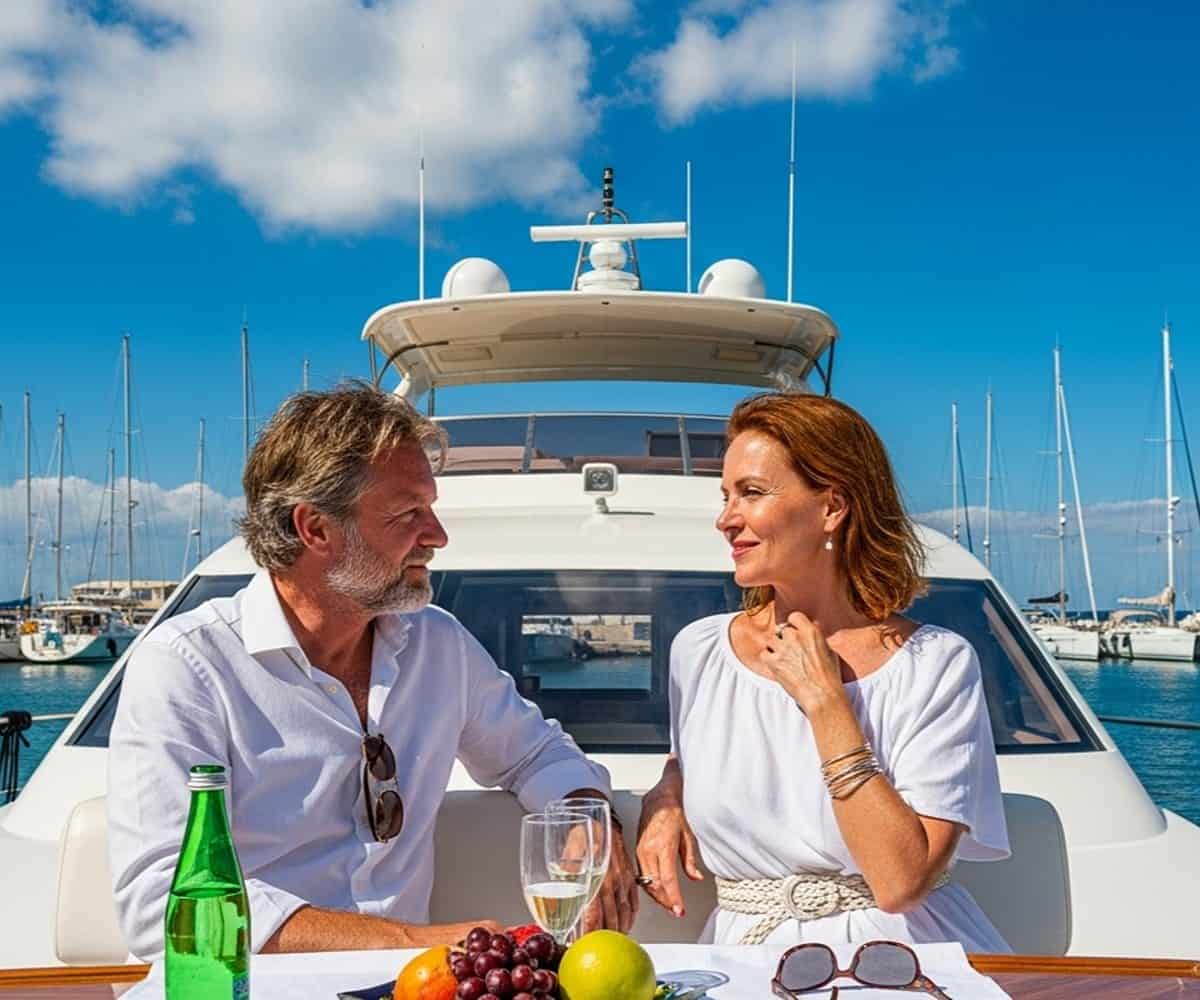I AM DEFINITELY PLAYING AROUND WITH NOSTALGIA… IT IS THE PLACE WHERE MY IMAGINATION BEGAN, AND I AM ATTACHED TO THAT EXPERIENCE FOR MY ESCAPE.”
Especially in her early career, Gil was struck by the art world describing her as a type of surrealist. Pop or lowbrow did not matter. It rang untrue. It seemed like the world was hellbent on describing her work as some kind of sur-reality.
But part of what has made Gil’s work so successful over the years is her ability to pour her own story into a painting. Using the term narrative escapism is her way to signal that these works tap into vulnerability rather than experiences shared among or rooted in the subconscious. She is not trying to describe anything other than herself. Her work homes in on personal feelings, attachments, paranoias. And while they are not quite autobiographical, in the sense that we get a feel for Lola’s real or imagined world, her work does depict the realities she goes to in order to make sense of her own reality. The good moments, the less good moments, the misunderstood moments. They do not dive into an unconsciousness so much as they step to the side and take a different view.
She says, “Personally art is just therapy for me. When it goes out into the world, when it leaves me and becomes the world’s art, it becomes this other thing. Back in the mid 2000s when I first started making a living as an artist, I was pigeonholed into this surrealist category. But I did not feel it encompassed what I was creating. I was working to escape my own reality, through narratives that left me personally feeling positive regarding the issues I was painting about. The more and more I was told my work was surrealist, the more I wanted to find a place it did make sense. Art has a job to do. For me as the artist, first and foremost it has to provoke and awaken me, but then when it leaves the studio it has to take people somewhere too. It has to open a door, and it has to stimulate thought, hopefully even after you walk away from the canvas.”
Gil’s work inspires a journey toward the question: What will make you happier? The question is genuine. Face value. Take it or leave it, but it is the kind of questions you will ultimately return to over and again, no matter how hard you try to outrun it, try to convince yourself that you are beyond that question or unworthy of receiving an affirmative answer.
I ALLOW MYSELF TO BE FRAGILE AND CHASE MY OWN NEED TO BE OPEN, FORGIVE PAST RELATIONSHIPS, AND SEE MYSELF THROUGH A TRANSPARENT LENS.”
For herself, the answer is empathy. Graceful, clean empathy. She describes the glass figurines as a magnifying glass. They are also the bardo, a liminal space. The place we go to between existences. Are we better or worse off after the journey?
The glass twists and distorts and we can dwell there confused and alone, or we can realize that it depicts a person with very real hopes and goals. Her latest paintings depict these figures just out of focus, and what if we could just shift our gaze? Just a little, to see the person on the other side of the figures.
“What I am hopeful for is that it gives the antagonist behind the rendered glass depth of a being who has lived a life—just as you or I—as different as it may be. Once we start to see one another as a human being with feelings and experiences—equal, lesser, worse—we can begin to channel compassion which leads to respect, care, and proactively helping ensure our children and future generations have a beautiful earth to live on. I remain hopeful, for the sake of our species,” Gil says.*
This article originally appeared as the cover feature in Hi-Fructose Issue 69. Get a copy of the issue in print here. Thanks for reading and supporting our independent arts publication.














